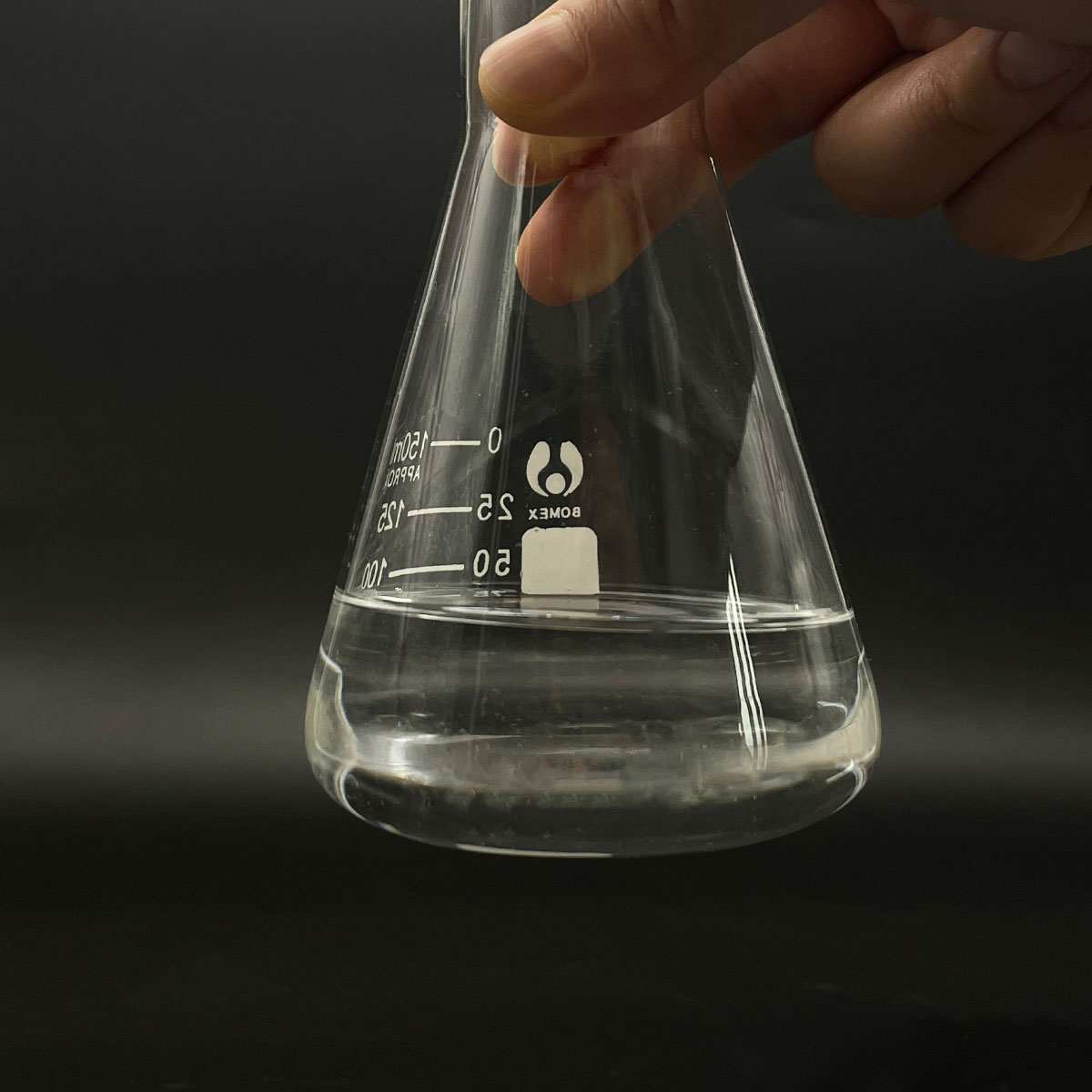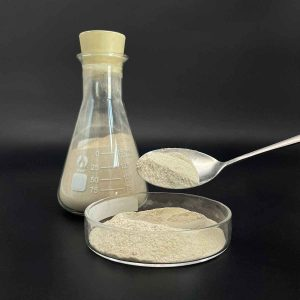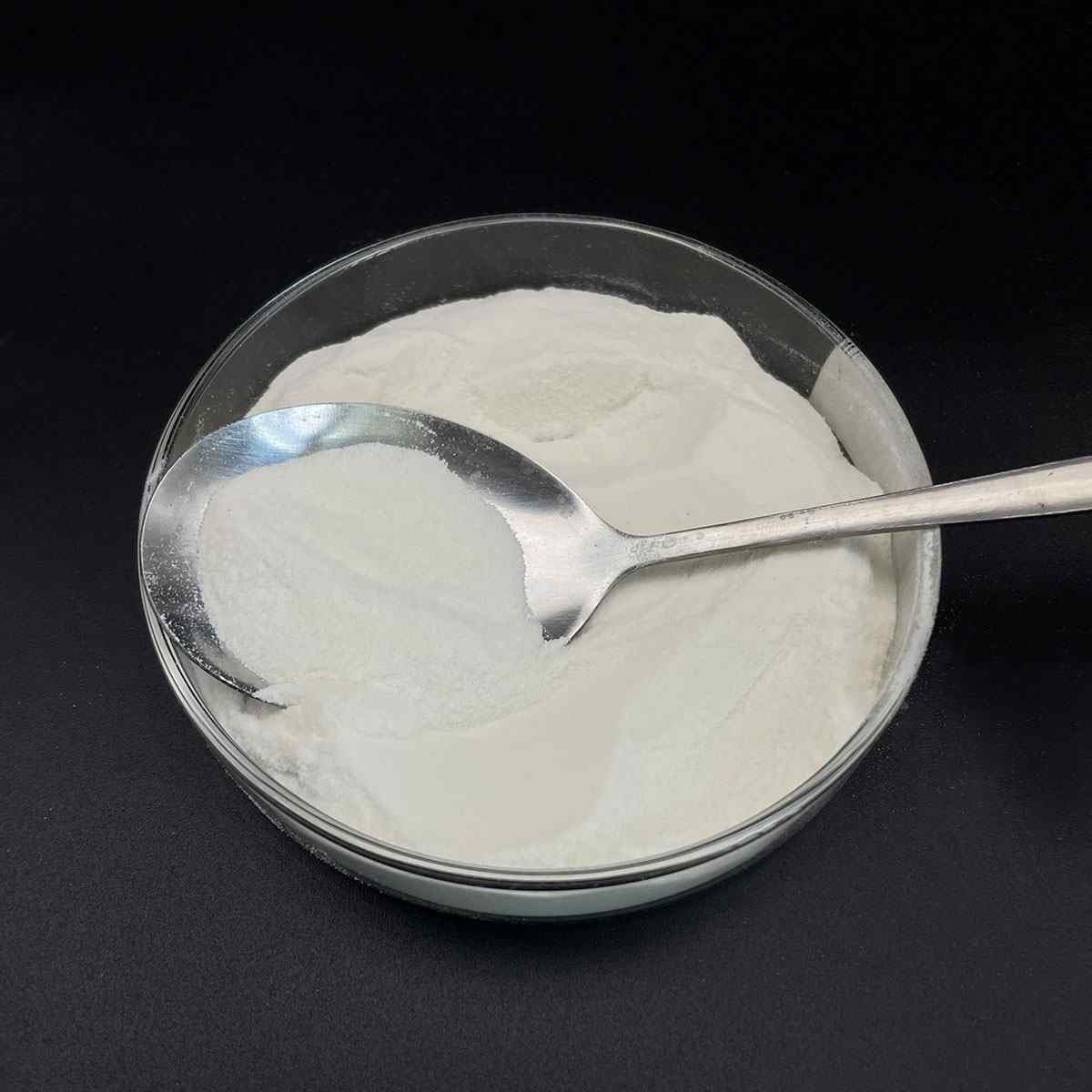1. Introduction
In the past 48 hours, a viral TikTok trend has reignited consumer concerns about sodium lauryl sulfate (SLS) in everyday products—from shampoos to weed killers—after a popular skincare influencer shared before-and-after photos of skin irritation linked to SLS exposure. With rising demand for gentler, bio-based alternatives, many DIY formulators and eco-conscious consumers are seeking practical ways to replace this common surfactant without sacrificing cleaning or wetting power.

This guide offers a clear, step-by-step approach to identifying, evaluating, and substituting sodium lauryl sulfate (also known as sodium dodecyl sulfate, natrium lauryl sulfate, or sls sodium lauryl sulfate) in your homemade formulations—whether for personal care, lawn care, or household cleaning.
2. Understand What Sodium Lauryl Sulfate Is and Why You Might Replace It
Sodium lauryl sulfate (SLS) is a powerful anionic surfactant widely used for its foaming and cleansing abilities. It’s found in everything from toothpaste to industrial cleaners. While effective, SLS can cause skin and eye irritation, especially in sensitive individuals. Its close relative, sodium laureth sulfate (also called sodium lauryl ether sulfate or sodium lauryl ether sulphate), is milder but still derived from ethoxylated processes that may raise environmental concerns.
The meaning of surfactant is simple: it’s a compound that lowers surface tension, helping water mix with oil and dirt. But not all surfactants are equal. Anionic surfactants like SLS carry a negative charge, while cationic surfactants (like cetyl trimethyl ammonium bromide) are positively charged. Amphoteric surfactants, such as cocamidopropyl betaine (also called coco betaine or amidopropyl betaine), work across pH ranges and are far gentler on skin.
3. Step-by-Step Guide to Replacing SLS in Your Formulations

3.1. Identify SLS in Your Current Products
Check ingredient labels for any of these names: sodium lauryl sulfate, sls sodium, lauryl sulfate, sodium dodecyl sulfate, ammonium lauryl sulfate, or ammonium dodecyl sulfate. In herbicides or lawn wetting agents, it may appear as a surfactant for weed killer or wetting agent for grass.
- Look for ‘sls sulfate’ or ‘na lauryl sulfate’ on packaging.
- Be aware that ‘sodium laureth’ or ‘laureth sulphate’ refers to sodium laureth sulfate—not SLS—but still warrants scrutiny if you’re avoiding all sulfates.
3.2. Choose a Safer Alternative Based on Your Use Case
Not all replacements work the same way. Match the surfactant type to your application:

- For shampoos or body washes: Use amphoteric or non-ionic surfactants like cocamidopropyl betaine, decyl glucoside, coco glucoside, or sodium cocoyl isethionate. These are mild, biodegradable, and often labeled as bio surfactants.
- For herbicides or agricultural sprays: Opt for nonionic surfactants like polysorbate 80, Span80, or ethoxylated alcohol-based wetting agents. Methylated seed oil is also a popular surfactant for herbicides that enhances leaf penetration without SLS.
- For toothpaste or facial cleansers: Try sodium lauroyl sarcosinate, lauroyl sarcosinate, or sodium cocoyl glutamate—gentle anionic alternatives that foam well without irritation.
Avoid confusing SLS with similar-sounding ingredients like sodium dodecylbenzene sulfonate (a harsher industrial surfactant) or fluoro surfactants (used in specialty applications).
3.3. Adjust Your Formula for Performance
SLS is a strong foamer and degreaser. When replacing it, you may need to blend surfactants to maintain efficacy. For example:
- Combine decyl glucoside (non-ionic) with a small amount of sodium coco sulfate (a milder anionic) for balanced cleansing and foam.
- In herbicide mixes, add 1–2 teaspoons of polysorbate 80 per gallon of water as a lawn wetting agent—this mimics SLS’s spreading ability without toxicity.
Always test small batches first. Note that nonionic surfactants like Pluronic 127 or Poloxamer 188 work well in emulsions but don’t foam like SLS.
3.4. Source Quality Ingredients
If you’re buying sodium lauryl sulfate for sale, consider whether you truly need it—or if gentler options are available. Reputable suppliers like Rohit Surfactants Private Limited offer a range of alternatives, including alkyl polyglucoside and coco sodium sulfate. For bio-based needs, look for certifications like ECOCERT or USDA BioPreferred.
4. Common Mistakes to Avoid
Mixing anionic and cationic surfactants can cause them to neutralize each other, reducing effectiveness. For instance, don’t combine SLS (anionic) with cetyltrimethylammonium bromide (cationic) unless formulating a specific conditioning system.
Also, don’t assume ‘sulfate-free’ means irritation-free—some substitutes like ammonium lauryl sulphate are still harsh. Always check the full INCI name.
5. Conclusion
Replacing sodium lauryl sulfate doesn’t mean sacrificing performance. With the right knowledge of surfactant types—anionic, cationic, non-ionic, and amphoteric—you can create effective, skin-friendly, and eco-conscious formulations. Whether you’re making shampoo with sodium lauryl ether sulphate in shampoo alternatives or a DIY weed killer with a nonionic surfactant, this step-by-step method ensures safer, smarter choices without guesswork.
Our Website founded on October 17, 2012, is a high-tech enterprise committed to the research and development, production, processing, sales and technical services of ceramic relative materials such as How. Our products includes but not limited to Boron Carbide Ceramic Products, Boron Nitride Ceramic Products, Silicon Carbide Ceramic Products, Silicon Nitride Ceramic Products, Zirconium Dioxide Ceramic Products, etc. If you are interested, please feel free to contact us.


